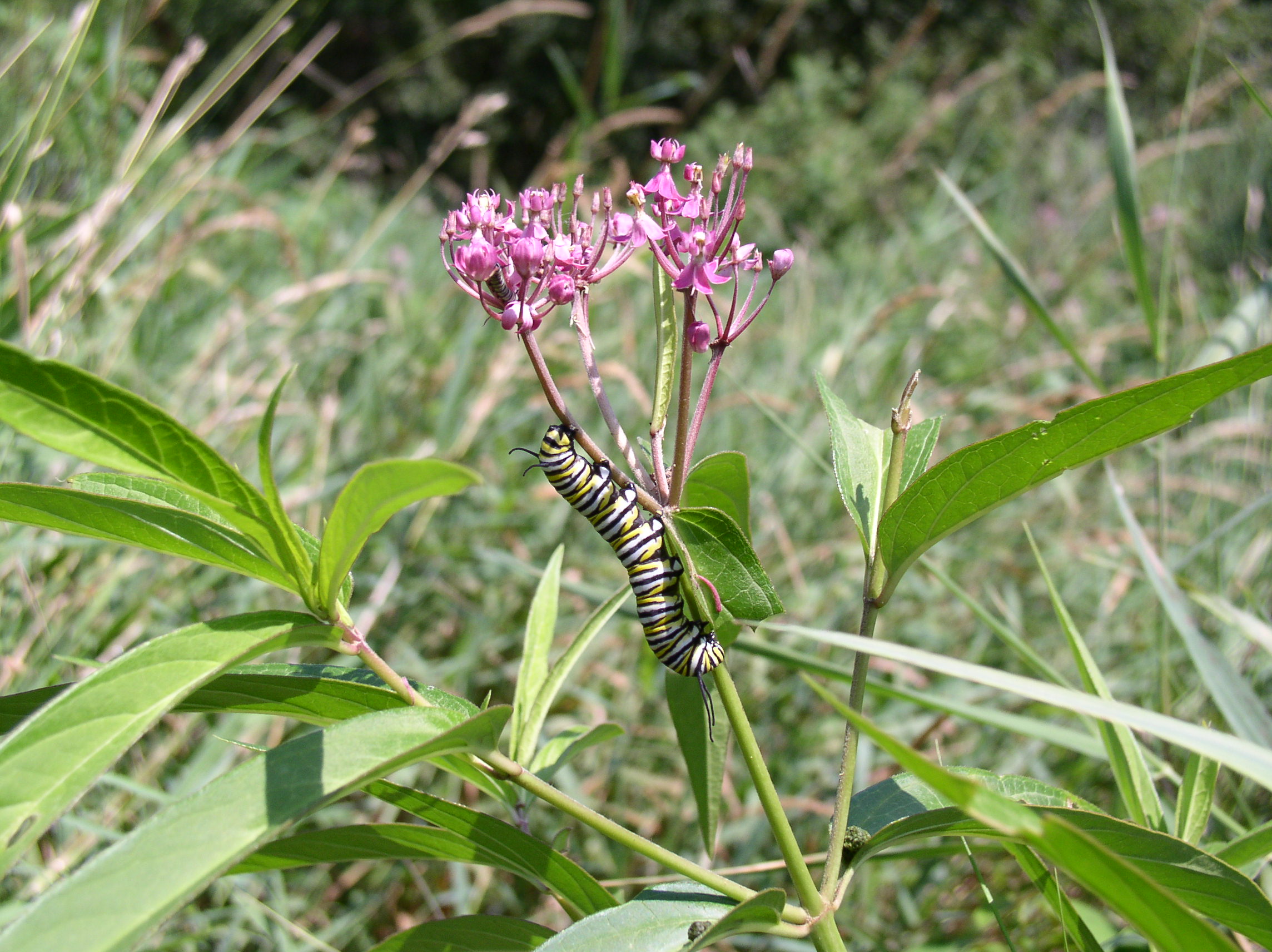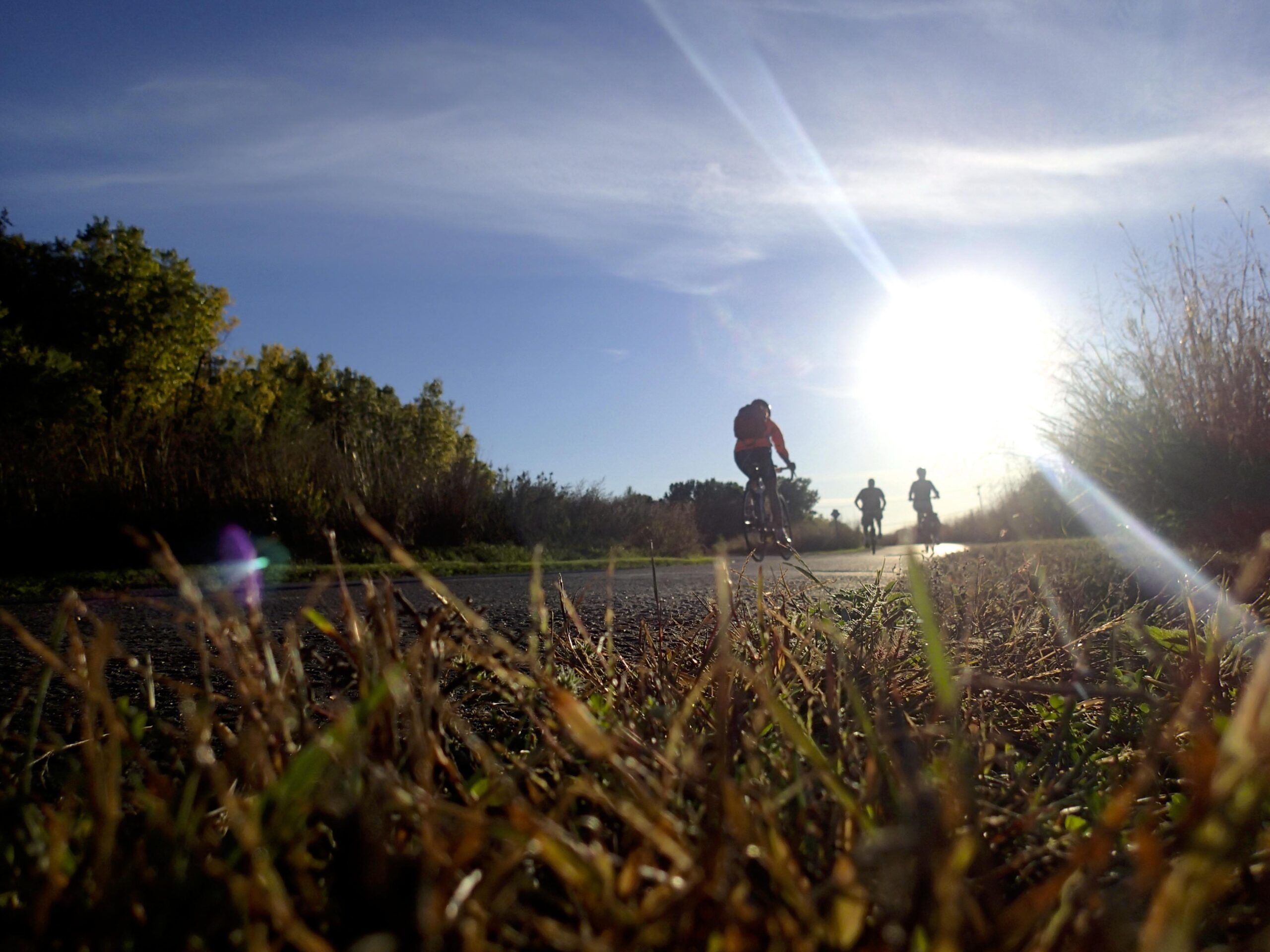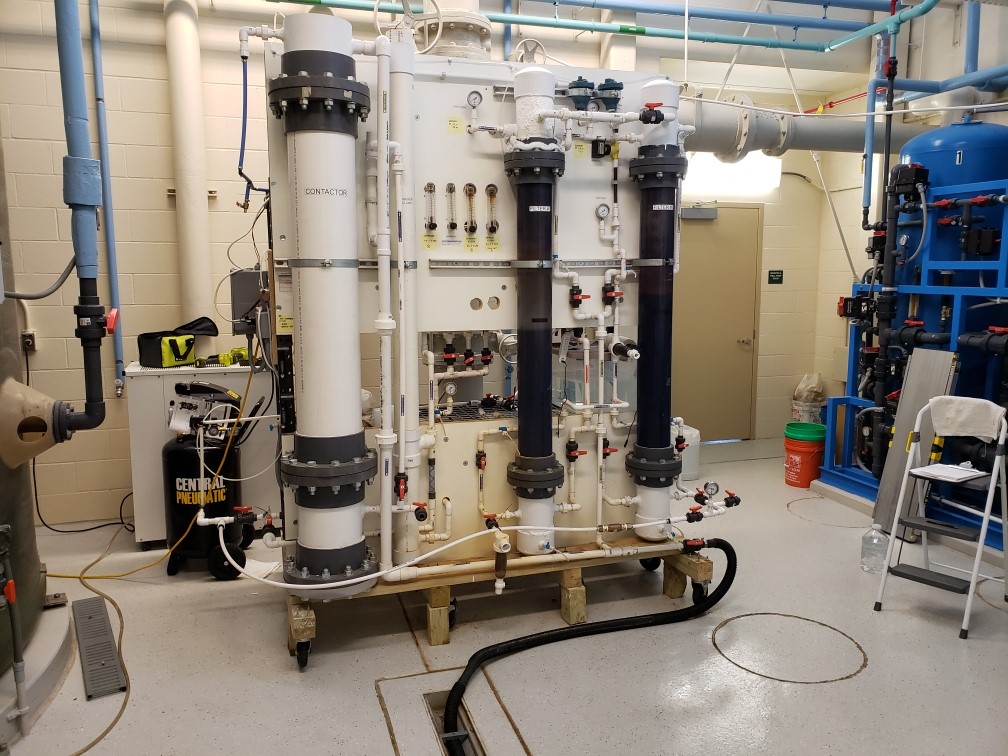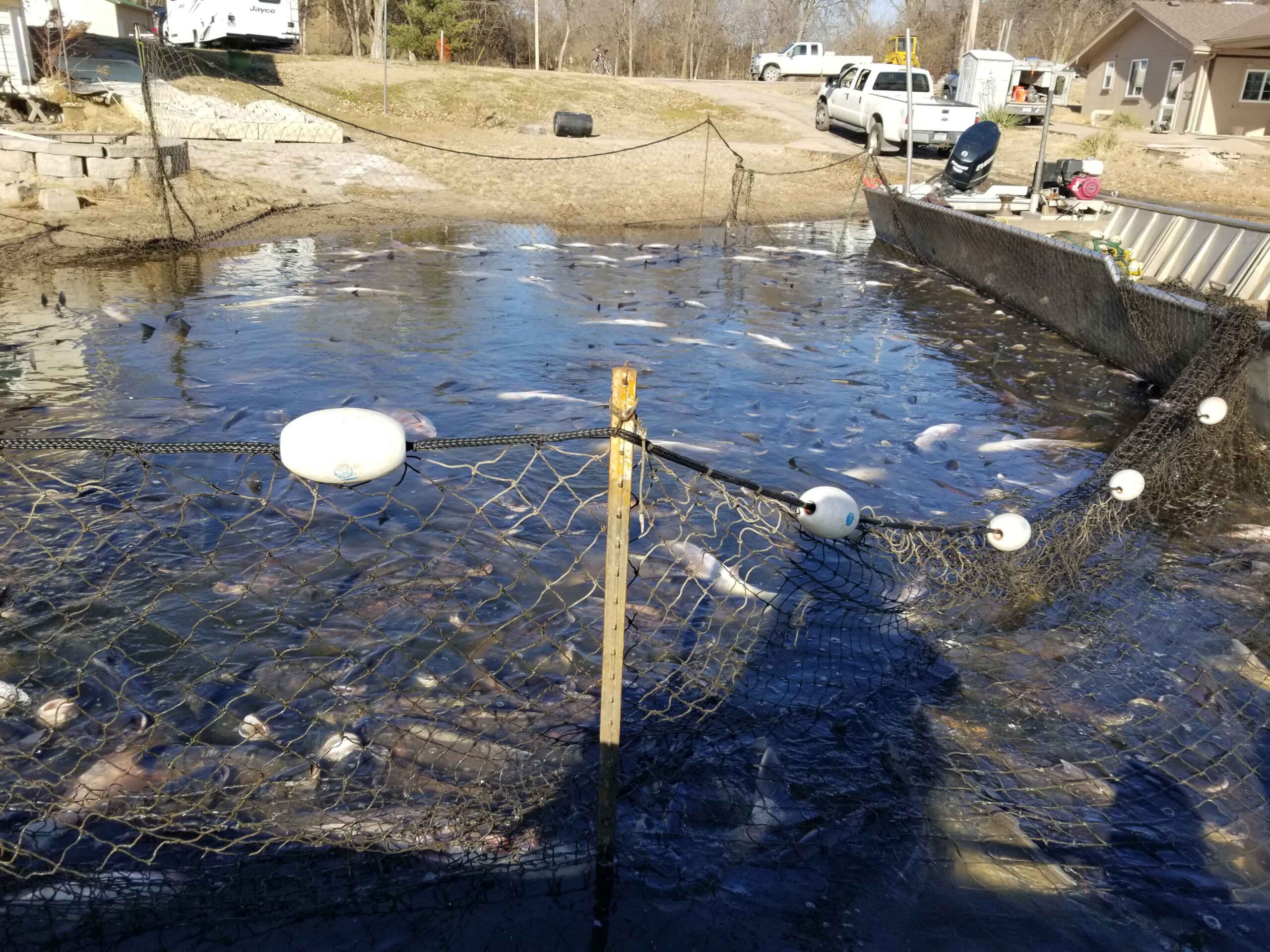
Candidate Conservation Agreement: Right of way preservation creates viable habitat for butterflies
By Alison Harwood, Director of Natural Resources, WSB
The U.S. Fish and Wildlife Service (USFWS) is investigating threats to the monarch butterfly. The monarch is being considered to join the list of species registered under the Endangered Species Act. The listing decision is expected to occur in December. If listed, projects and activities that involve impacts to the monarch or their habitat could face delays as a result of required USFWS consultation. To avoid potential delays, transportation and energy groups are enrolling in the Candidate Conservation Agreement with Assurances (CCAA) program. The CCAA allows transportation and energy groups nationwide to gain protections for certain covered activities by implementing conservation measures to sustain a viable habitat for monarchs, within the right of way on energy and transportation lands. Enrolling in the program can help these groups avoid costly project delays.
Protecting our environment allows us to work with nature, not against it.
The monarch butterfly is a beautiful sight, with its brilliant red-orange wings, black veined exterior and white spotting. However, this attractive pollinator is not something to take for granted. The monarch is a vital species in our planet’s ecosystem and contributes to the environment through pollination and as an important food source for birds, small animals and other insects.
Preserving and monitoring butterfly habitat within right of way segments is a top priority for the CCAA and affiliated members. In Minnesota, any stretch of right of way along the road is commonly identified as habitat; except for urban areas that contain no vegetation. This habitat supports milkweed and a variety of blooming nectar plants that monarchs regularly frequent. Before forming a chrysalis, the monarch caterpillar relies on milkweed as its primary food source. Without it, the larva cannot develop into a butterfly.
Monarch habitats are threatened by activities such as mowing, spraying, or grading. If listed and without proper permitting, any damage to monarch habitat as a result of these activities is in direct violation of the Endangered Species Act. Entities in violation of the Endangered Species Act may be fined and unable to continue their project work until proper permitting has been processed and approved.
Morrison County puts conservation measures in place.
WSB recognizes the importance of maintaining, improving and creating a viable habitat. Our Natural Resources team recently partnered with the Morrison County Highway Department to help them determine which segments of right of way require conservation measures. As part of the conservation study, our environmental scientists will calculate and analyze the total acreage of right of way and provide recommendations on conservation best practices (as indicated per the CCAA) such as guidelines for mowing. The CCAA requires each County transportation group to implement conservation measures on five percent of the total right of way area. An approved list of management practices is covered in the agreement for communities to review.
The CCAA program is open for enrollment until the effective listing date (anticipated as December 2021 or January 2022). Members can apply for the program and receive coverage before the ruling is made. Interested entities can only join the CCAA prior to the listing date.
By maintaining, improving and creating a safe habitat, monarchs will have the environment they need to survive and thrive for generations to come.
To learn more about the CCAA and how to enroll, visit their website.














